This article has been updated to include more details and released photos of the new Lancia Ypsilon.
Pronounced "lan-cha ip-si-lon," the Lancia Ypsilon, a supermini crafted with Italian finesse, has journeyed through three generations to become the flagship model of the esteemed marque as of 2024. Its legacy began in 1995, stepping onto the scene and quickly garnering acclaim as a refined successor to the Y10. Over a decade, Lancia's Melfi plant in the Potenza region saw over 870,000 Ypsilons roll off the line, a testament to its enduring appeal.
In its third iteration, sharing a platform with the Fiat 500, the Ypsilon embraced international markets- notably, the Chrysler Ypsilon in select regions. However, Chrysler's decision to drop its variant of the Ypsilon in 2017 refocused the brand on its Italian roots. Presently, the Ypsilon remains exclusively available in its homeland but will return to Belgium this year as a new electric model under the Stellantis umbrella, marking the brand's foray into the EV market.
Despite its modest global footprint, the Ypsilon proudly holds the title of Italy's second best-selling car, a testament to its enduring charm and unwavering popularity. This article retraces Ypsilon’s generational evolution from the 1990s to the newest electric model.
Lancia Finally Unveils The Ypsilon All-Electric City Car

January 14, 2024 marks the inauguration of a new era for Lancia with the introduction of the New Lancia Ypsilon. The latest addition to the lineup, the New Lancia Ypsilon Edizione Limitata Cassina, embodies Italian design and craftsmanship, boasting a fully electric powertrain and limited production of 1906 numbered units in Italy.
The New Lancia Ypsilon Edizione Limitata Cassina epitomizes excellence in design, comfort, and onboard amenities. Its interior, reminiscent of cozy Italian homes, features a unified blue color scheme with "Cannelloni" textured seats, dashboard, and door panel inserts.
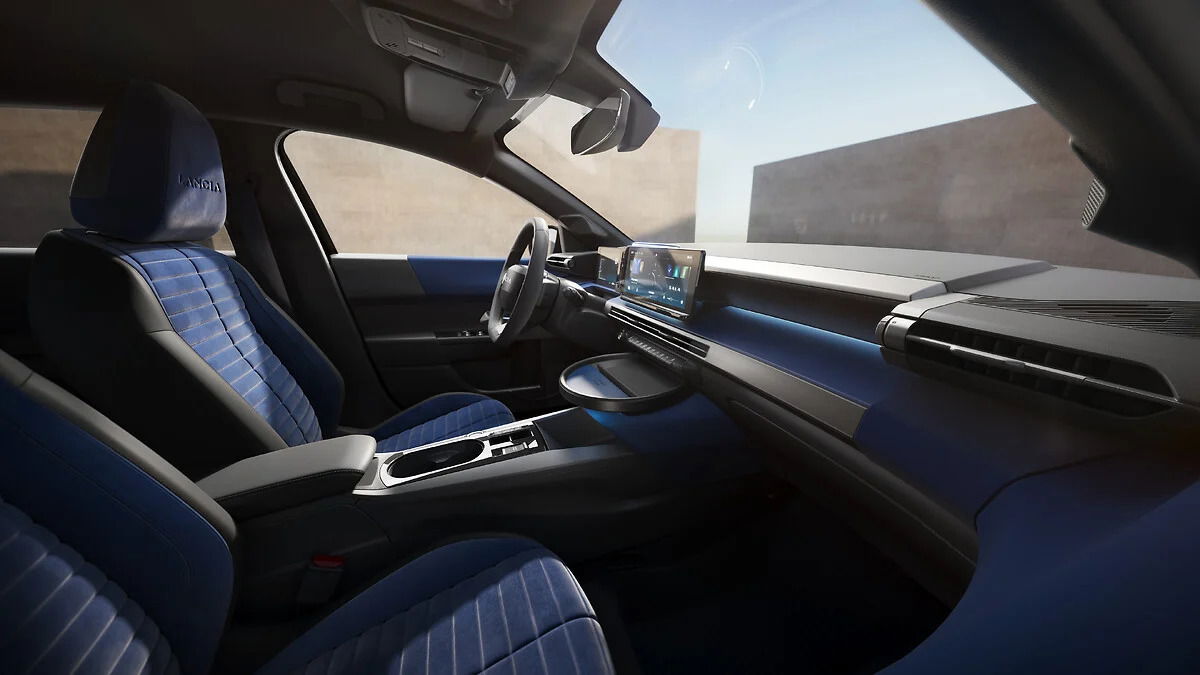
Introducing the innovative Cassina multifunctional "tavolino," a first in automotive history, providing both utility and smartphone charging capabilities.
This edition signifies a collaboration between two renowned Italian brands, Lancia and Cassina, symbolizing shared values of innovation, tradition, and environmental consciousness, echoing the journey initiated by the Lancia Pu+Ra HPE concept.
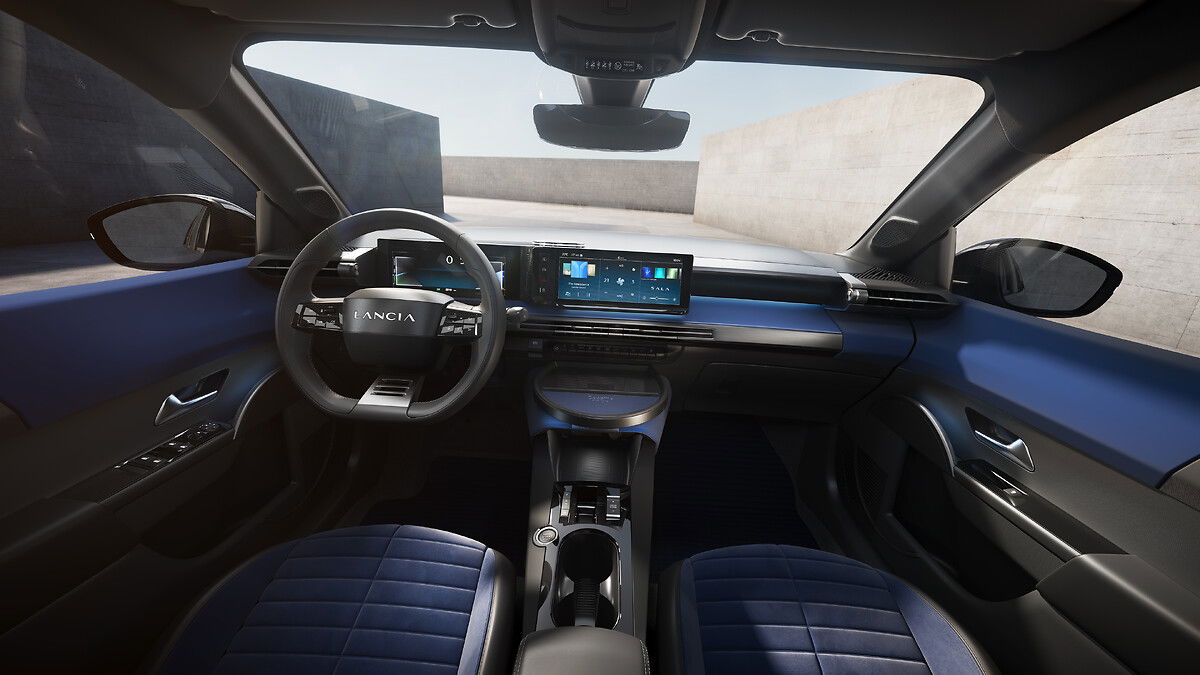
Setting new standards in the premium B-hatchback segment, the New Lancia Ypsilon boasts an array of advanced features including a large 10.25” display, top-tier parking assistance, and cutting-edge exterior lighting technology.
Additionally, it leads the segment with Level 2 Autonomous Driving as a standard feature.
The New Lancia Ypsilon epitomizes intelligence in urban mobility. Its advanced parking assistance system, equipped with cameras and front/rear sensors, simplifies city driving and parking maneuvers.
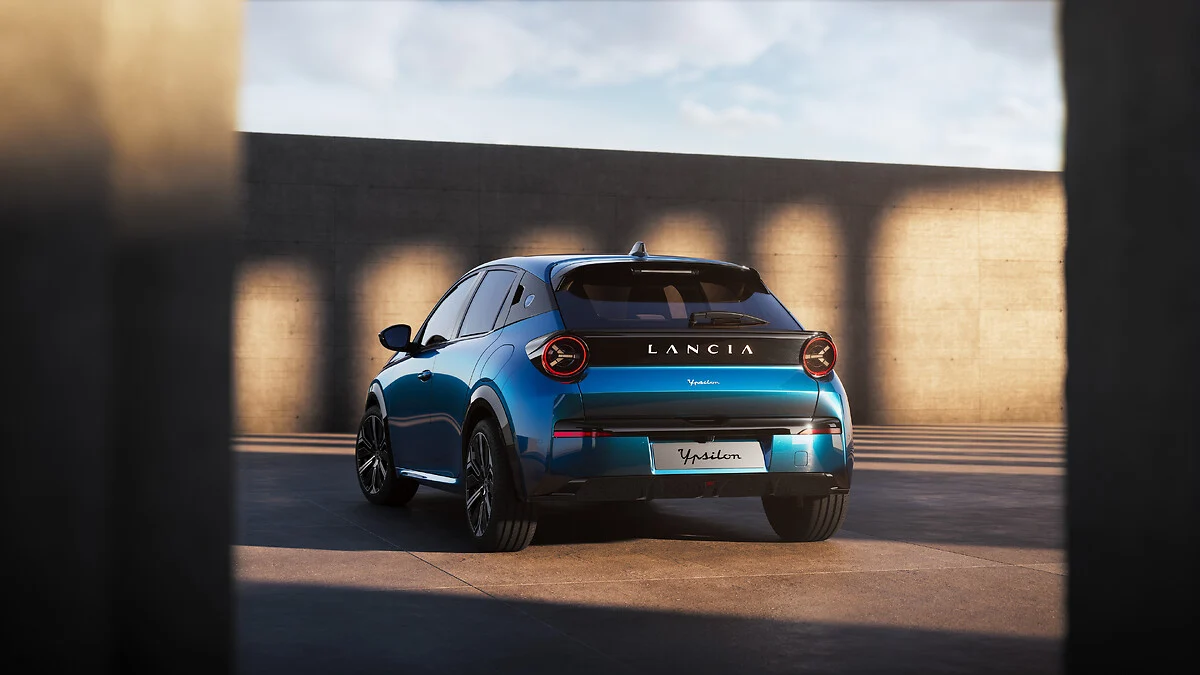
Featuring two 10.25” screens for the instrument cluster and digital radio, drivers enjoy clear and customizable display options. Additional tech highlights include keyless entry/start, wireless phone charging, and Bluetooth connectivity for Android Auto/Apple CarPlay integration.
As the cornerstone of Lancia's brand revival, the New Lancia Ypsilon spearheads the brand's electrification strategy, aligning seamlessly with the forward-looking vision outlined in the Stellantis "Dare Forward" strategic plan.
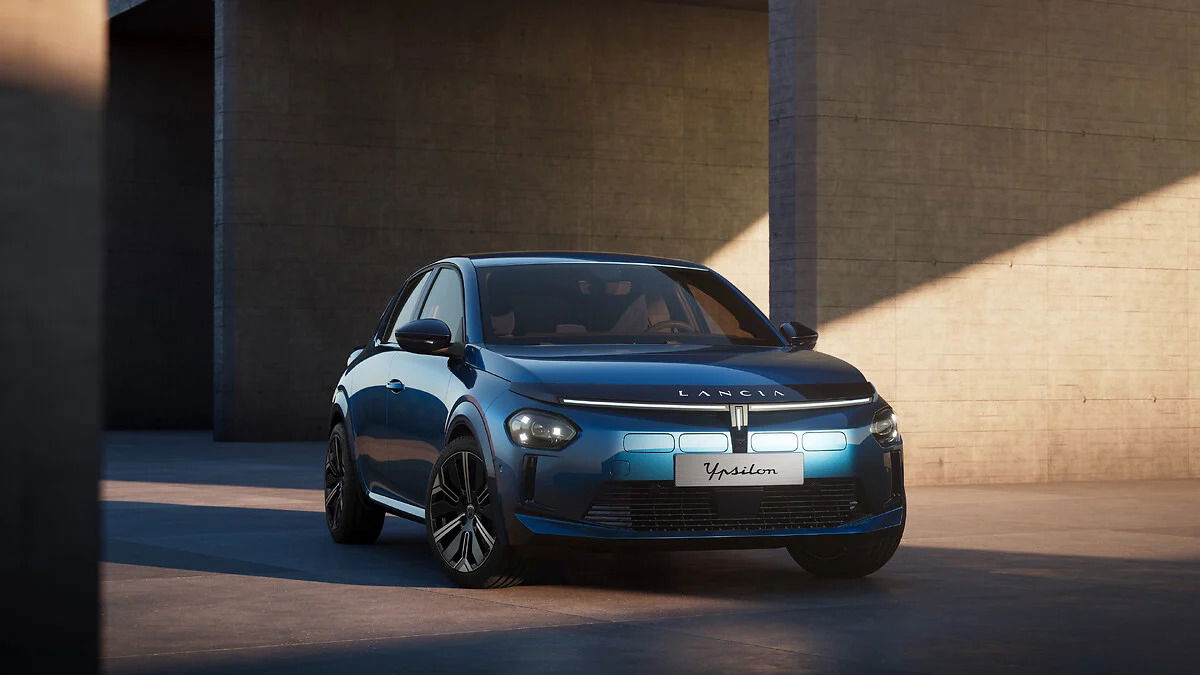
Introducing the Stellantis Advanced Lancia Assistant (S.A.L.A.) infotainment system, the New Lancia Ypsilon offers a seamless driving experience, enhancing the brand's reputation for effortless technology.
With a class-leading WLTP combined cycle range of up to 403 km and rapid charging capability, the New Lancia Ypsilon is supported by the Free2move Charge ecosystem, simplifying both home and on-the-road charging while aligning with Stellantis' sustainability goals.
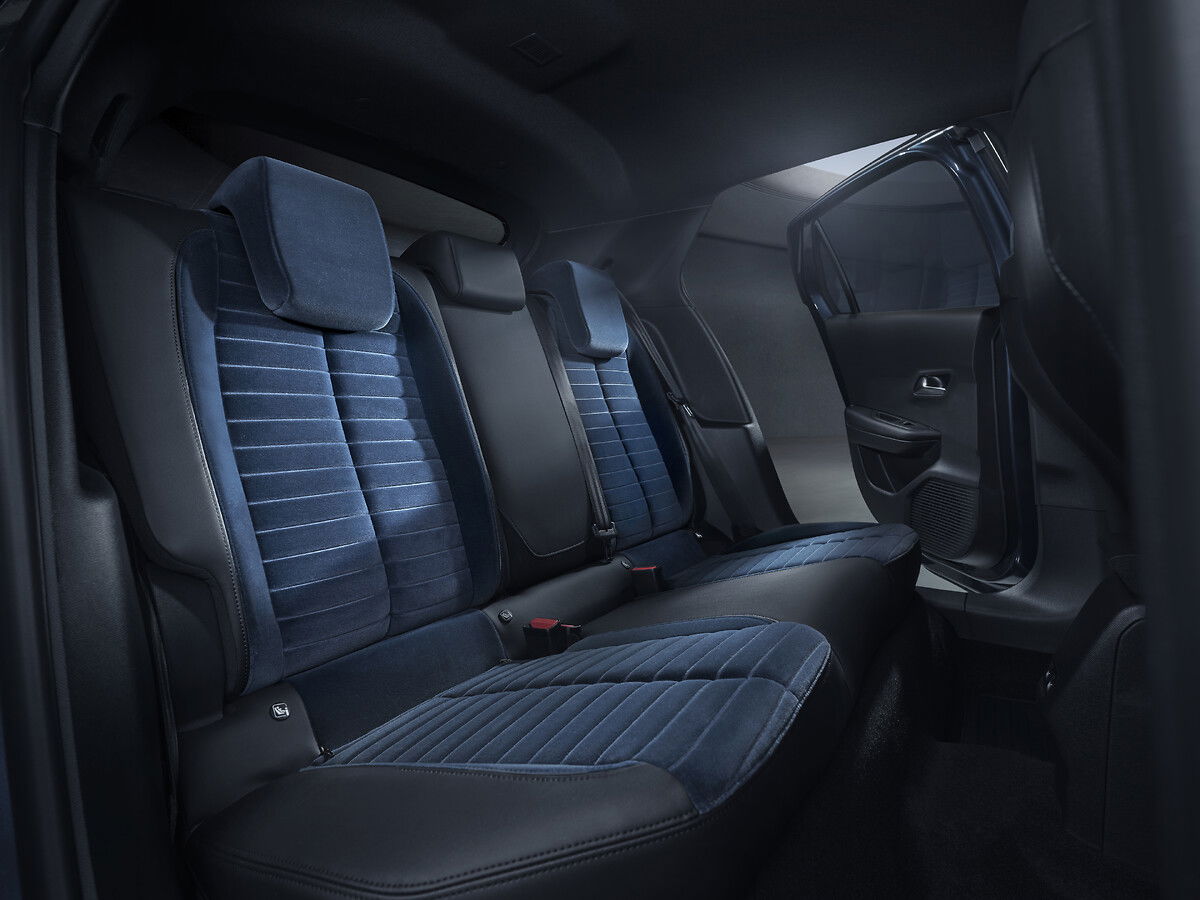
Available for order in Italy, the exclusive New Lancia Ypsilon Edizione Limitata Cassina comes with a compelling financial package from Stellantis Financial Services Italia, including the Easy Wallbox home charging solution and a 3-year/30,000km warranty.
Accompanied by a captivating communication campaign, the New Lancia Ypsilon embodies Italian flair, onboard comfort, intuitive technology, and exquisite design, mirroring the elegance of Italian living.

“With New Lancia Ypsilon, the first car of the new era of the brand, we are relaunching, starting again from Italy. Its design is inspired by the brand glorious past, now reinterpreted in a modern way. The model represents the ultimate expression of onboard comfort and design, featured by category-leading technology and connectivity yet always simple and intuitive, in perfect Lancia style. This result was also achieved thanks to the collaboration with Cassina, that together with our Centro Stile in Turin designed a true living room, inspired by the welcoming Italian homes” stated Luca Napolitano, CEO of the Lancia brand.
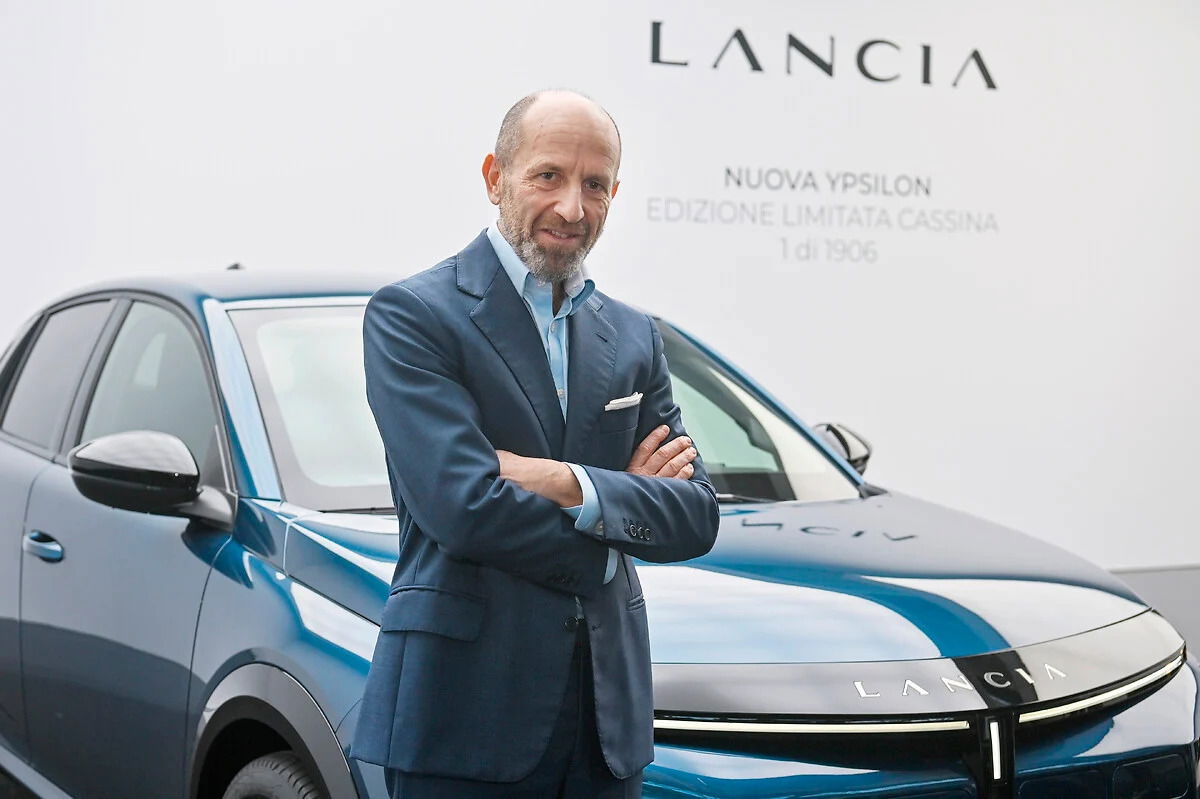
As the inaugural model in Lancia's strategic plan, it paves the way for an ambitious electrification strategy, a novel distribution model, and the brand's reentry into the European market from 2024 onwards.
The First Generation Lancia Ypsilon (Type 840)
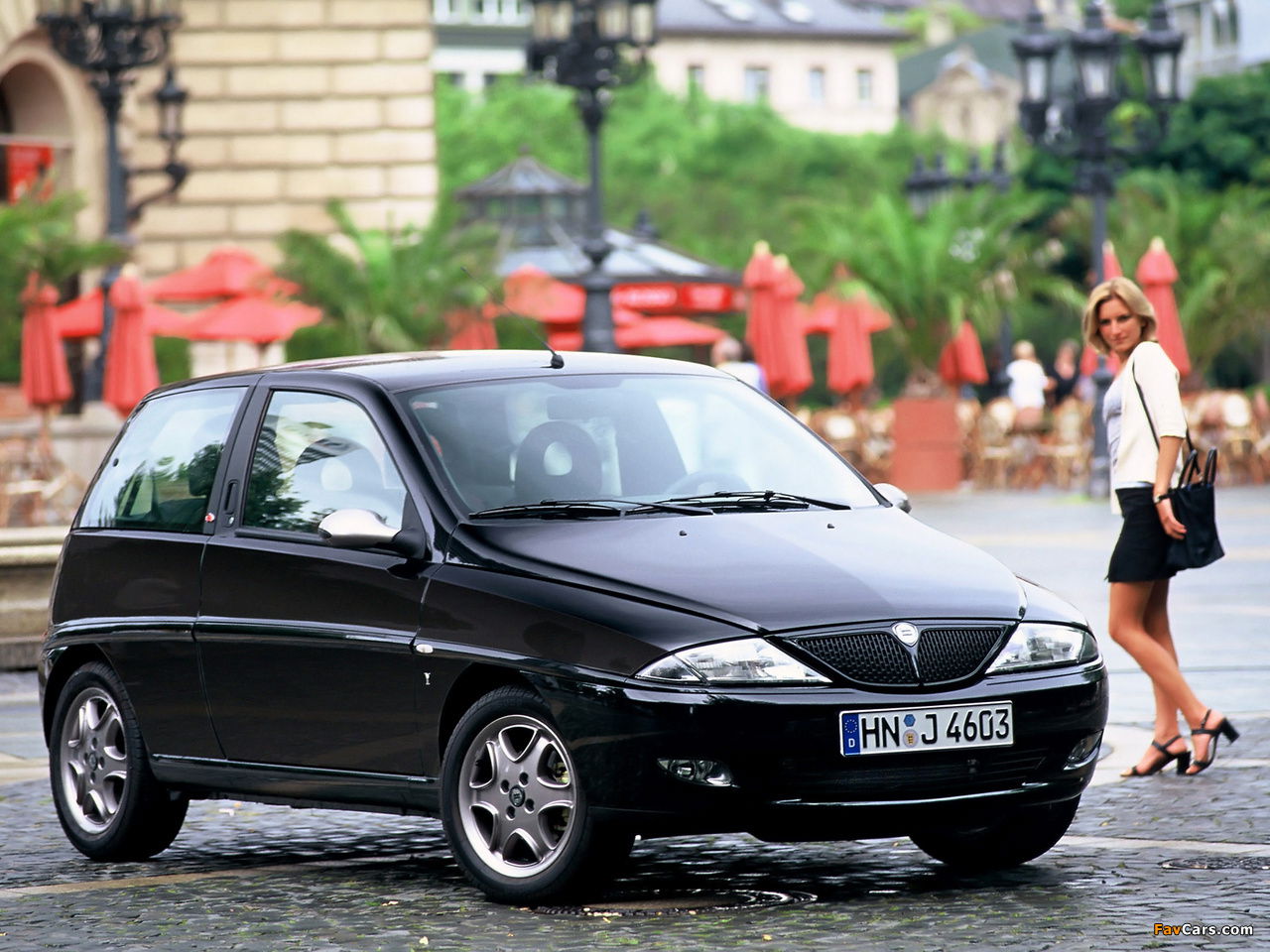
1996-2003 Lancia Ypsilon Type 840
The first generation Lancia Y (Type 840) emerged from Enrico Fumia’s visionary design in 1992, culminating in its grand unveiling in January 1996. It was born from over 24 months of meticulous development at a cost of approximately 400 billion Italian lira, translating to roughly €206.7 million as per the prevailing exchange rates in 2002 when the Italian lira ceased to be legal tender.
The Ypsilon emerged with distinctive arches adorning all sides, setting it apart in the compact car arena. Stretching 3.72 meters, a significant 33 centimeters longer than its predecessor, the Y10, it boasted a platform derived from the Fiat Punto series 176, with notable enhancements to the rear suspension for a smoother ride.
Inside, five seats embraced passengers within a soft plastic dashboard, while a kaleidoscope of body colors from the Lancia catalog offered personalization like never before.
The heart of the Ypsilon beat with engines from the renowned FIRE series, featuring displacements ranging from 1,108 to 1,242cc, delivering power through overhead camshaft arrangements.
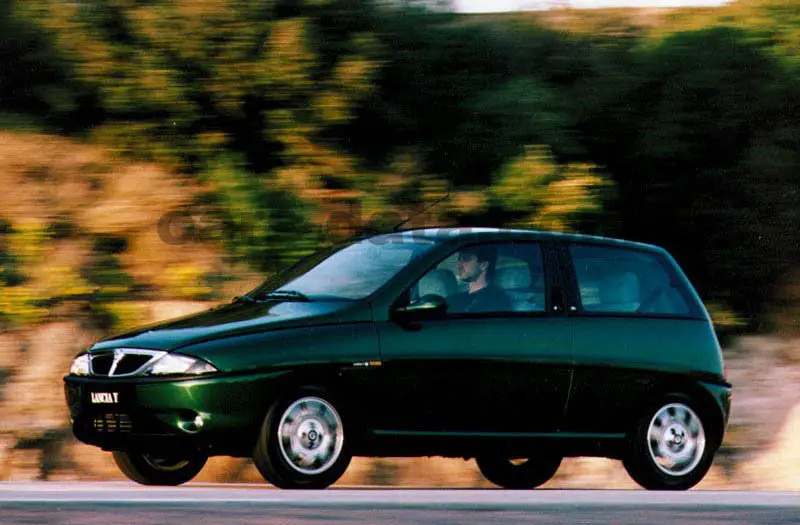
Among these, the illustrious 1.4 12-valve "Pratola Serra" engine, with 79 horsepower (80 PS), inherited from the Fiat Bravo/Brava, showcased the nameplate’s pinnacle of performance. As technology advanced, the introduction of the SuperFIRE engine with four valves per cylinder and multipoint fuel injection elevated the driving experience to new heights.
For enthusiasts seeking a sportier edge, the Elefantino Rosso edition, named after the famed symbol of Lancia's rallying heritage, epitomized dynamism with its tailored features and enhanced performance.
Meanwhile, the LX and LS variants catered to those desiring refinement and luxury, boasting Alcantara and walnut veneer interiors. The Lancia Ypsilon swiftly captured the imagination of drivers worldwide, heralded by critics and consumers alike for its blend of power, comfort, and style.
Its success was palpable, with over 42,000 units sold within the first two months alone. In subsequent years, the Ypsilon continued to evolve, embracing new technologies and design elements, leaving an indelible mark on the automotive landscape.
Yet, after nearly a decade of accolades and achievements, its reign drew to a close in 2003, paving the way for its successor to carry on its legacy.
The Second Generation Lancia Ypsilon (Type 843)

Photo credit: Rudolph Stricker via Wikimedia
The second generation of the Lancia Ypsilon, known as the Type 843, made its debut in 2003, targeting a youthful demographic and gaining popularity, particularly among female drivers. With approximately 60,000 units produced annually, it became Lancia's best-selling model.
Initially manufactured at the Fiat plant in Melfi, production shifted to Sicily's Termini Imerese Palermo plant in June 2005.
Sporting a three-door body measuring around 3.78 meters in length, the Ypsilon's design drew inspiration from the classic Lancia Ardea, featuring a distinctive chrome grille, prominent ribbing along the sides, and vertically oriented headlamps at the rear.
Its platform, derived from the Fiat Punto (188), Fiat Idea, and Lancia Musa, housed a front-mounted transverse engine with front-wheel drive.
Inside, the Ypsilon offered a range of materials for upholstery, including Airtex fabric, leather, or Alcantara, complemented by plastic inserts and two-tone designs. Storage space was ample, and central controls included air conditioning and radio, with optional navigation.

Photo credit: Thomas Doerfer
Over the 3rd generation’s production run, the Ypsilon received updates such as engine enhancements, refreshed styling with rounded bumpers and enlarged air intakes, and technological additions like Blue&Me's hands-free system.
Special editions, like the ModaMilano and Versace-designed Ypsilon Versus, showcased unique exterior colors and interior trims. The Ypsilon's legacy continued with its compliance with Euro 5 emission standards and the Ypsilon Unyca variant's introduction in 2011.
However, production of the second generation ceased in November 2011 due to the Termini Imerese factory closure, paving the way for the third generation manufactured in Poland's Tychy plant.
See also: New 3-Cylinder 2024 MINI Countryman C: Everything We Know So Far
The Third Generation Lancia Ypsilon (Type 846)
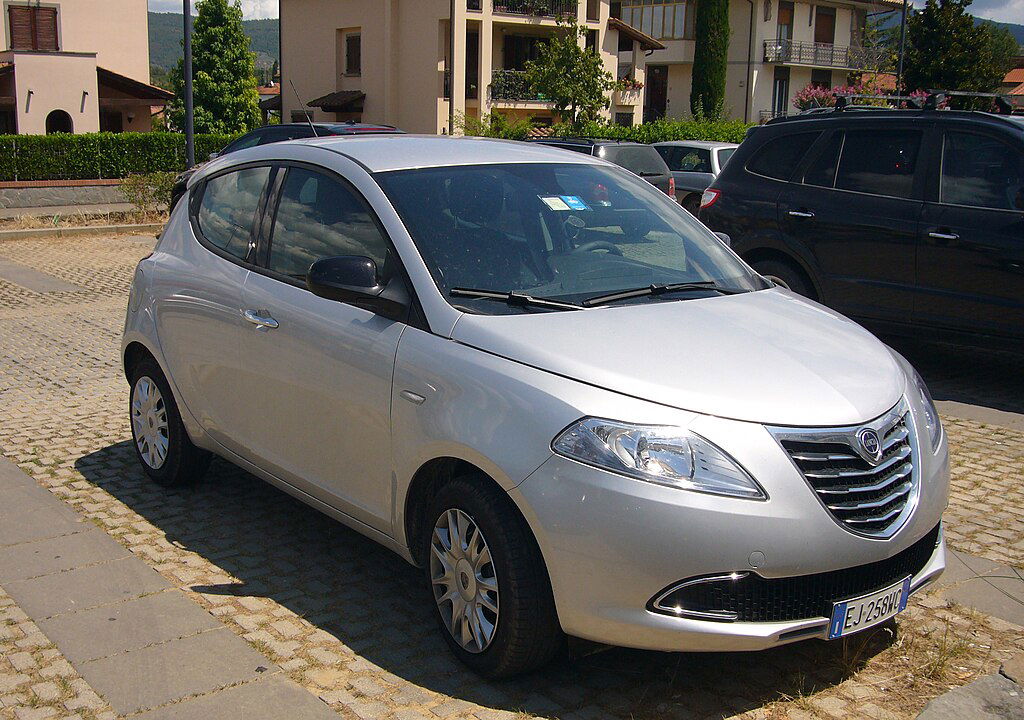
Photo credit: Rutger van der Maar via Wikimedia
The third-generation Lancia Ypsilon made its debut at the 2011 Geneva Motor Show. Designed by the Lancia Style Centre under Alberto Dilillo's direction, Type 846 drew inspiration from Chrysler models post-Fiat/Chrysler alliance, featuring a distinct grille with horizontal slats.
Its five-door body boasted rear door handles seamlessly integrated into the trailing edge. Sharing the Fiat Mini platform with models like the Fiat 500 and Panda, The Ypsilon’s production shifted to Fiat's Tychy plant, capable of producing up to 100,000 units annually.
Focusing on personalization, the Ypsilon 846 offered up to 600 customization combinations, including 16 exterior colors and 4 bi-color options. Notable accessories included the Magic Parking system, bi-xenon headlights, LED rear lights, and automatic Start & Stop functionality.
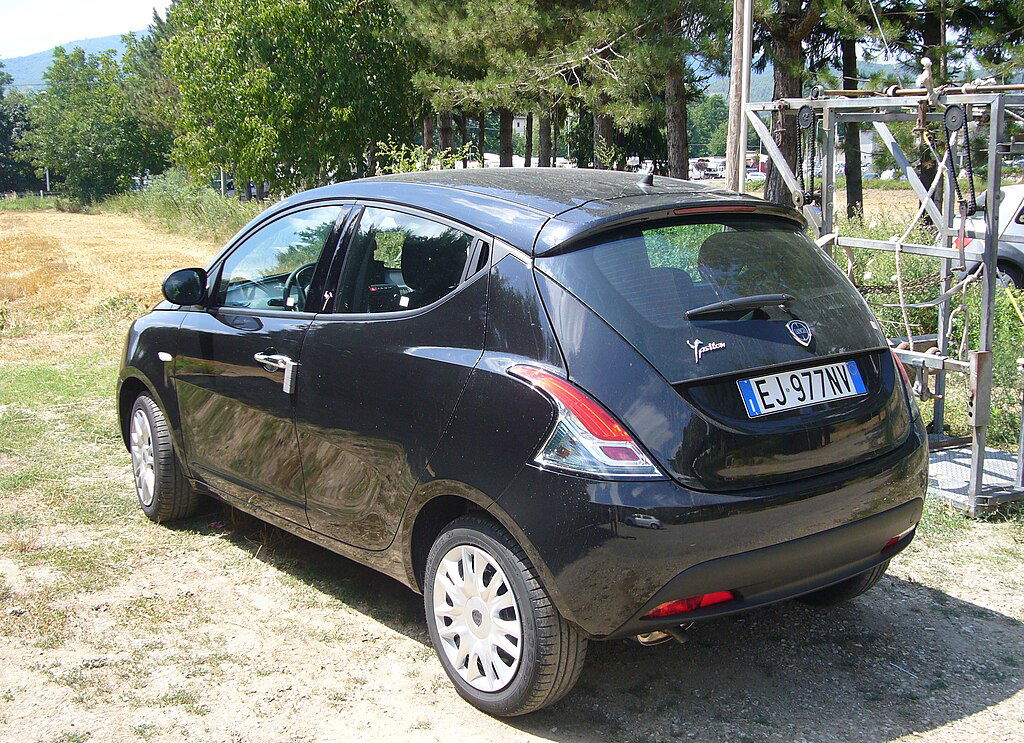
Photo credit: Rutger van der Maar via Wikimedia
Equipped with standard safety features like four airbags, ESP, ASR, Hill Holder, and ABS with EBD, the model prioritized driver and passenger safety. European variants offered Silver, Gold intermediate, and Platinum option packages.
The Ypsilon catered to various markets, including the UK, Ireland, Morocco, Israel, and Japan. In the UK and Ireland, it was marketed as the Chrysler Ypsilon. However, it wasn't exported to the US to prevent overlap with the Fiat 500.
Notably, Lancia introduced the Ypsilon Diamond concept at the 2011 Frankfurt Motor Show, showcasing luxurious features like two-tone paint, leather and Alcantara interiors, and Nubuck leather details. Additionally, the Ypsilon Black&Red edition targeted younger buyers with special paint options and hi-fi audio systems.
Lancia Ypsilon (Fourth Generation)
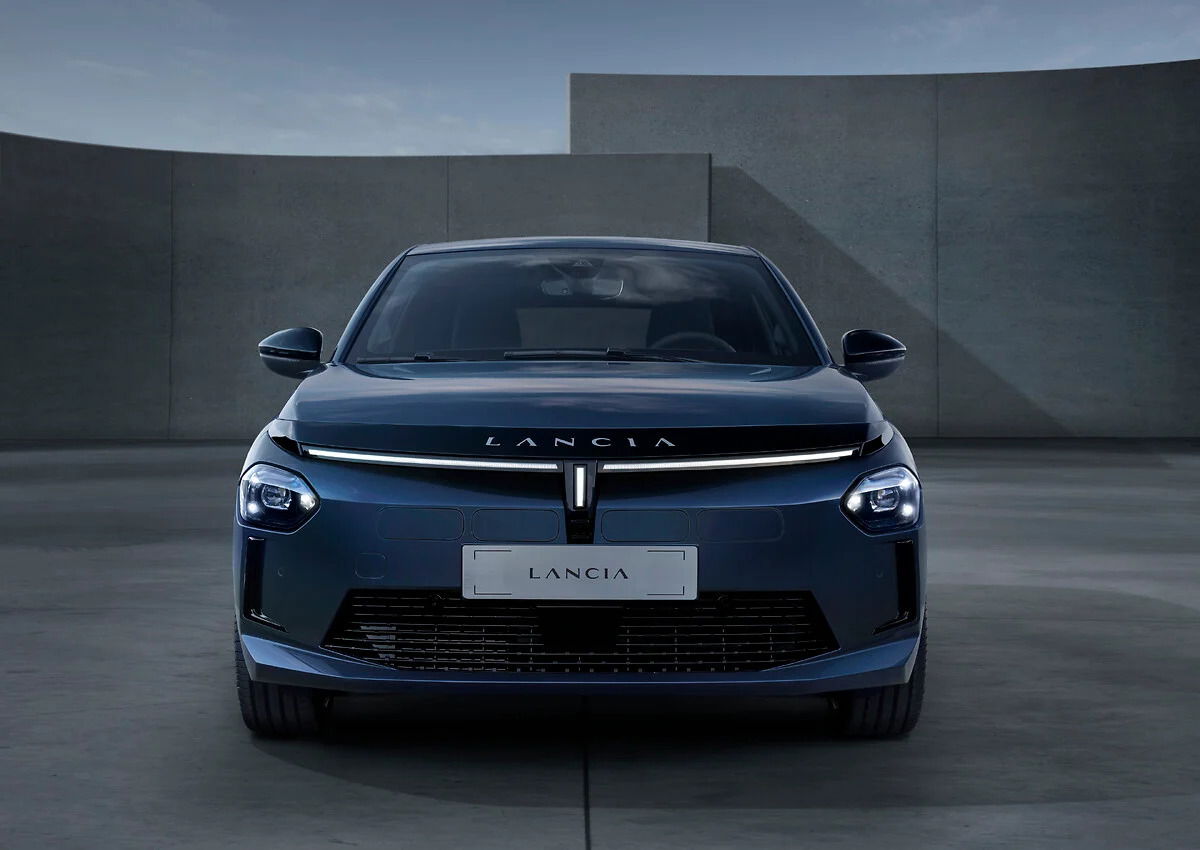
The fourth generation Lancia Ypsilon marks the brand's entry into the era of electric mobility. Representing Lancia's vision for range, charging time, and efficiency, it might just set new performance standards in the market.
This launch signifies a crucial step in Lancia's electrification strategy, with plans to unveil three new electric models, one every two years.

The New Ypsilon leads the charge in 2024, aligning with Stellantis' "Dare Forward" strategic plan, which outlines Lancia's commitment to producing only 100% electric models from 2026 onwards.
Belgium serves as one of the pioneering European markets for the New Lancia Ypsilon, followed by the Netherlands, France, and Spain, with Germany joining in 2025. In Belgium, the launch benefits from the support of 10 retailers and 13 after-sales service points.
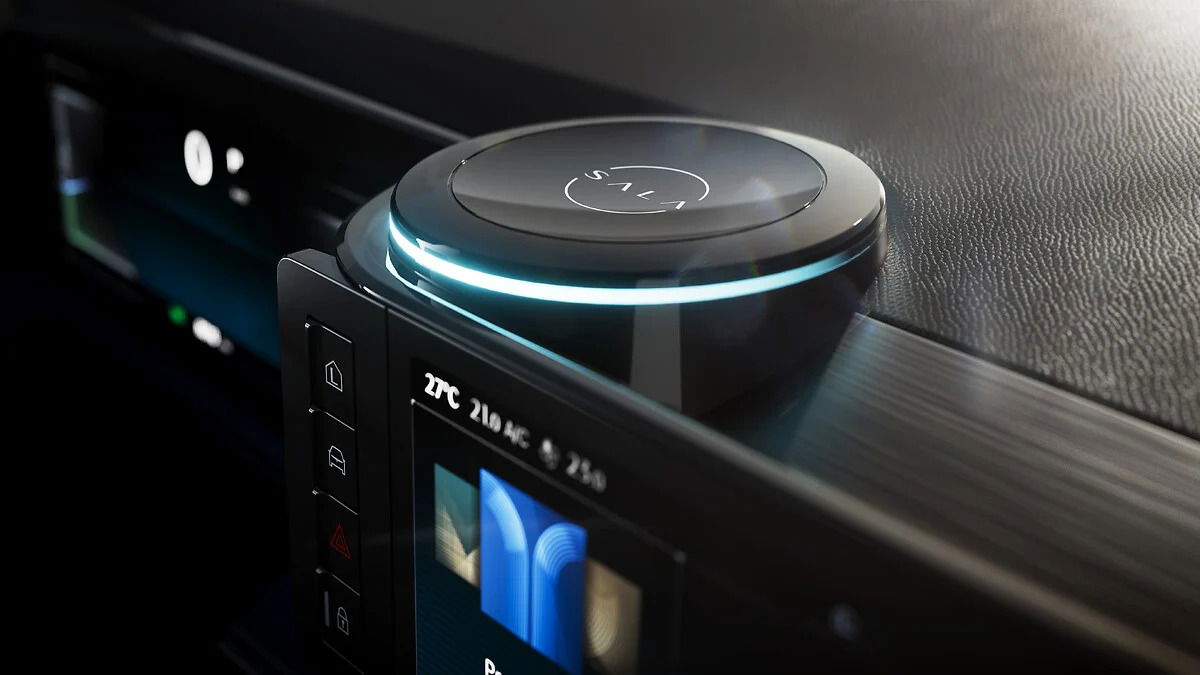
Lancia's historical popularity in Belgium, coupled with the country's appreciation for "Made in Italy" products and the potential of the premium B-segment, sets the stage for Ypsilon’s successful return.
Throughout its history, Lancia has captivated actors, fashion enthusiasts, admirers of Italian elegance, and motorsport aficionados in Belgium. The brand's iconic models have left a lasting impression, contributing to the anticipation and excitement surrounding its return to the country.
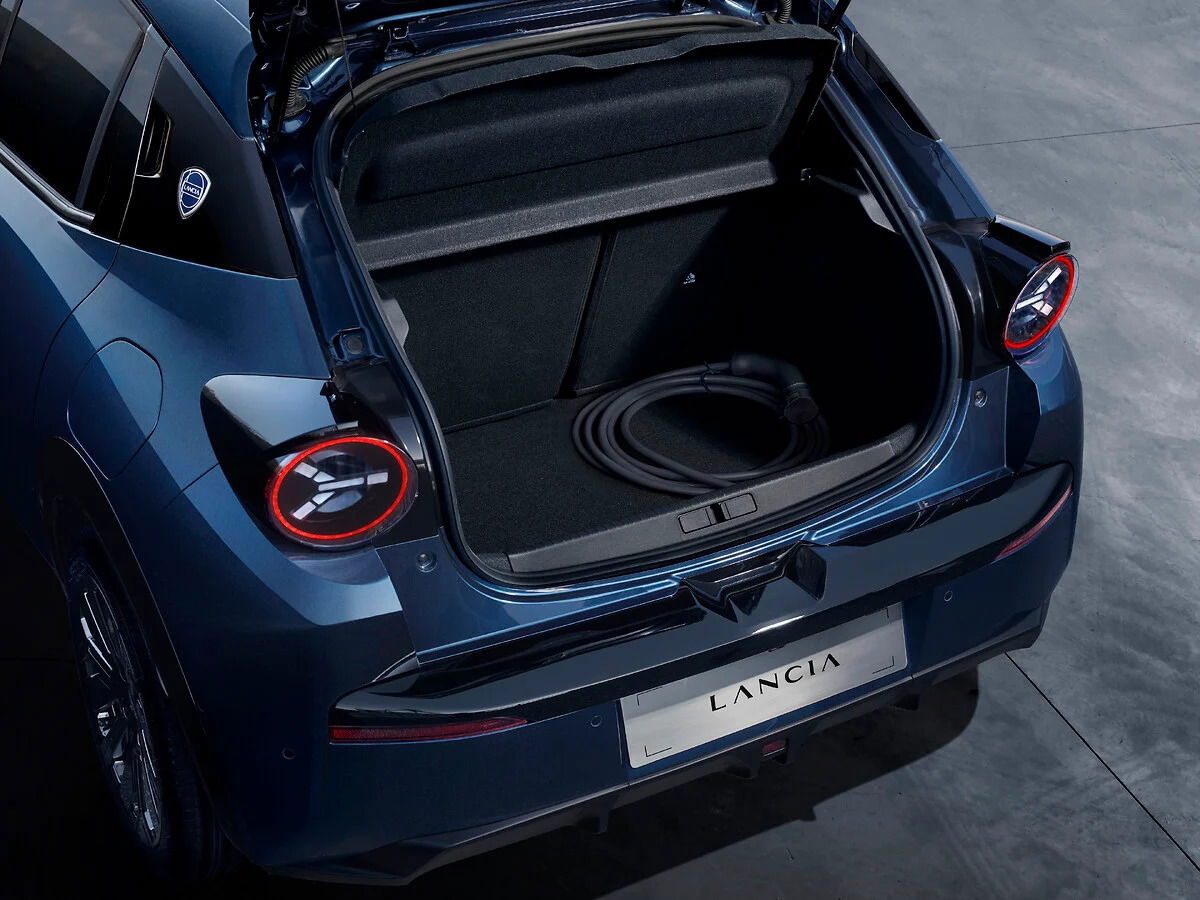
“At the press event organized by Stellantis in Brussels, we were very proud to confirm Lancia's return to Belgium in 2024 to become one of the leading Stellantis brands in the country,” stated Charles Henri Fuster, Lancia's Head of Marketing & Communications.
"Lancia Pu+Ra HPE was one of the protagonists of the event, representing the brand vision for the next 10 years in terms of design, interior home feeling, sustainability, technology, and electrification. On February 14th in Milan, the reveal of the New Lancia Ypsilon will take place, and Belgium will be one of the first countries to launch the first car of the brand new era.”